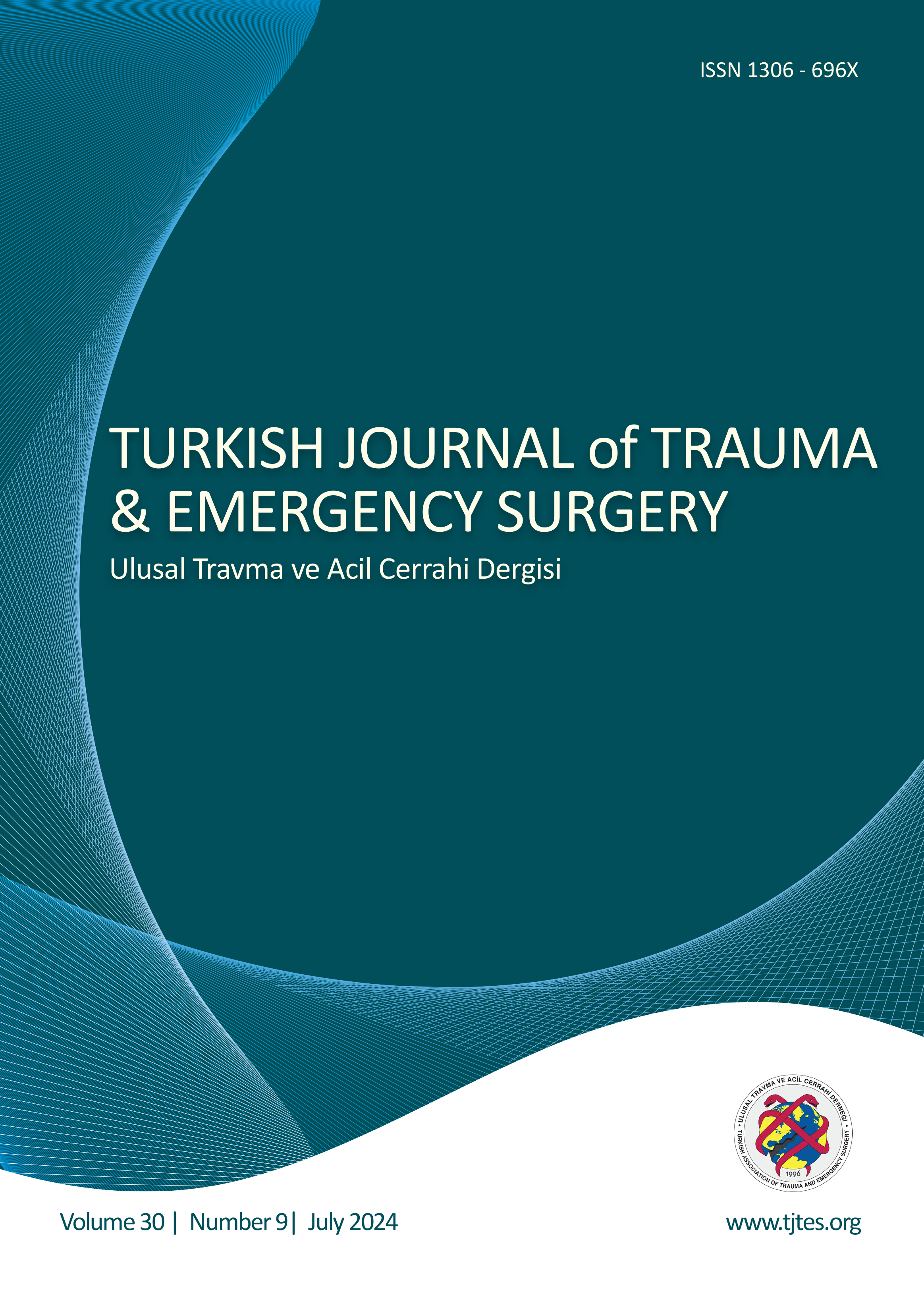Quick Search
Mid- to long-term outcomes of proximal humerus fractures treated with open reduction, plate fixation, and iliac bone autograft augmentation
Mehmet Fatih Güven1, Ulaş Yavuz1, Suat Ulutaş2, Göker Utku Deger3, Mete Özer1, Cumhur Deniz Davulcu11Istanbul University-Cerrahpasa, Cerrahpasa Medical Faculty, İstanbul-Türkiye2Istanbul Taksim Training and Research Hospital, İstanbul-Türkiye
3Istanbul Beykoz State Hospital, İstanbul-Türkiye
BACKGROUND: Open reduction and internal fixation (ORIF) using locking plates is a widely adopted treatment for displaced proximal humerus fractures. Various augmentation techniques have been developed to enhance the stability of plate fixation. Among these, iliac bone autograft is notable for its advantages over allografts, such as ready availability and the elimination of costs and risks associated with disease transmission. Despite its potential benefits, data on the outcomes of iliac bone autograft augmentation (IBAA) are still limited. This study aims to present the mid- to long-term results of treating proximal humerus fractures with ORIF using locking plates and IBAA.
METHODS: The study included 15 patients treated with ORIF and IBAA. We classified fracture patterns using the Neer classification and estimated local bone density via the deltoid tuberosity index. We measured the neck shaft angle (NSA) and humeral head height (HHH) on both immediate postoperative and most recent X-ray images to assess the maintenance of reduction. Clinical outcomes were evaluated using the DASH (Disabilities of the Arm, Shoulder, and Hand) and Constant scores.
RESULTS: The average follow-up duration was 59.56 months, ranging from 24 to 93 months. A majority of fractures were classified as four-part (53%). The average immediate and late postoperative NSAs were 132.6±8.19 and 131.6±7.32 degrees, respectively. The average HHH on the immediate postoperative and latest follow-up images were 16.46±6.07 and 15.10±5.34, respectively. None of the patients exhibited any radiological signs of avascular necrosis or loss of reduction at the latest follow-up. The mean postoperative Constant and DASH scores at the latest follow-up were 79.6 and 11.5, respectively.
CONCLUSION: Our findings suggest that ORIF with IBAA is an effective method for managing three- or four-part proximal humerus fractures, yielding excellent outcomes.
Keywords: Autografts, fracture fixation, shoulder fractures.
Açık redüksiyon, plak fiksasyonu ve iliak kemik otogreft augmentasyonu ile tedavi edilen proksimal humerus kırıklarının orta-uzun dönem sonuçları
Mehmet Fatih Güven1, Ulaş Yavuz1, Suat Ulutaş2, Göker Utku Deger3, Mete Özer1, Cumhur Deniz Davulcu11İstanbul Üniversitesi-Cerrahpaşa, Cerrahpaşa Tıp Fakültesi, İstanbul, Türkiye2İstanbul Taksim Eğitim ve Araştırma Hastanesi, İstanbul, Türkiye
3İstanbul Beykoz Devlet Hastanesi, İstanbul, Türkiye
AMAÇ: Kilitli plaklar kullanılarak yapılan açık redüksiyon ve internal tespit (ARİF), deplase proksimal humerus kırıklarında yaygın olarak kullanılan bir tedavi yöntemidir. Plak fiksasyonunun stabilitesini arttırmak için çeşitli augmentasyon yöntemleri geliştirilmiştir. İliak kemik otogrefti, allogreftlere göre temin etmede herhangi bir güçlük olmaması, maliyetsiz olması ve hastalık bulaşı riski olmaması gibi avantajlar sunan potansiyel bir greft seçeneğidir. Potansiyel avantajlarına rağmen iliak kemik otogreft augmentasyonnun (İKOA) sonuçlarına ilişkin mevcut veriler sınırlıdır. Çalışmamızın amacı, kilitli plak ve İKOA kullanılarak açık redüksiyon ve internal fiksasyon (ARİF) ile tedavi edilen proksimal humerus kırıklarının orta-uzun dönem sonuçlarını bildirmektir.
GEREÇ VE YÖNTEM: ARİF ve İKOA ile tedavi edilen 15 hasta dahil edildi. Kırıklar Neer sınıflandırması kullanılarak sınıflandırıldı. Lokal kemik yoğunluğu deltoid tüberkül indeksi kullanılarak değerlendirildi. Redüksiyonun korunduğunu değerlendirmek için hem erken postoperatif, hem de son takip röntgen görüntülerinde boyun şaft açısı (BŞA) ve humerus başı yüksekliği (HBY) ölçüldü. Klinik sonuçlar DASH ve Constant skorları kullanılarak değerlendirildi.
BULGULAR: Ortalama takip süresi 59,56 ay (aralık 24-93 ay) idi. Kırıkların çoğu 4 parçalı (%53) olarak sınıflandırıldı. Ortalama erken ve geç posto-peratif BŞA'lar sırasıyla 132.6±8.19 ve 131.6±7.32 derece idi. Erken postoperatif görüntülerdeki ve son takip görüntülerindeki ortalama HBY sırasıyla 16.46±6.07 ve 15.10±5.34 idi. Son takipte hiçbir hastada avasküler nekroz veya redüksiyon kaybının herhangi bir radyolojik belirtisi görülmedi. Ameliyat sonrası ortalama Constant ve DASH skorları son takipte sırasıyla 79.6 ve 11.5 idi.
SONUÇ: Çalışmamız, ARİF ve İKOAnın üç veya dört parçalı proksimal humerus kırıklarının tedavisinde oldukça iyi sonuçlarla güvenilir bir teknik olduğunu göstermektedir.
Anahtar Kelimeler: Kırık tespiti, omuz kırıkları, otogreft.
Manuscript Language: English




